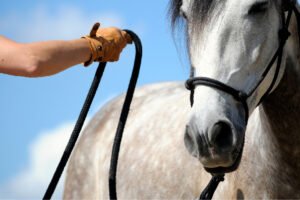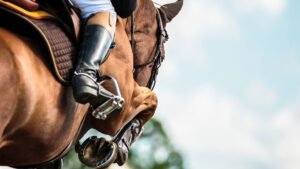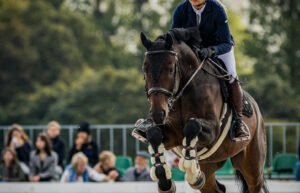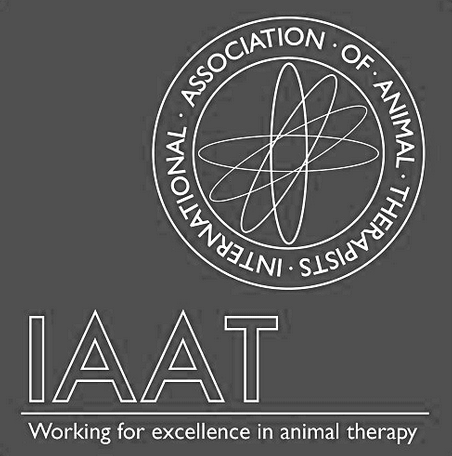Musculoskeletal issues are a common concern in horses (Auer et al., 2024), and when one occours it can affect their aibility to perform in competition or in every-day life, also changing their phyisical, mental, and overall well-being (Swor et al., 2019; van Weeren and Back, 2016; Dyson, 2015).
Early identification of these problems is crucial for preventing long-term damage and ensuring effective treatment (Hinchcliff et al., 2014). Understanding the signs of discomfort can help horse owners seek timely intervention from a physiotherapist or veterinarian (ibid).
Behavioral Changes Signaling Discomfort
Horses often exhibit behavioral shifts in response to musculoskeletal pain (ibid). Subtle but significant changes may include:
- Unwillingness to move forward or engage in work
- Resistance during saddling, mounting, or specific movements
- Changes in temperament, such as increased irritability or reluctance to be touched
- Head tossing, tail swishing, or pinned ears when asked to perform
- Difficulty maintaining balance or coordination
(Auer et al., 2024; Ask et al., 2020; Hinchcliff et al., 2014)
Research suggests that behavioral changes are often one of the earliest indicators of underlying musculoskeletal discomfort (Dyson et al., 2018). Monitoring these signs can help detect issues before they worsen.
Physical Signs: Lameness, Stiffness, and Postural Changes
Musculoskeletal dysfunction can manifest through visible physical symptoms, including:
- Lameness or irregular gait patterns
- Muscle asymmetry or localised atrophy
- Stiffness, particularly after periods of rest
- Swelling or heat in specific joints or soft tissues
- Changes in hoof wear or stance indicating weight redistribution
(Hinchcliff et al., 2014; Hodgson et al., 2014)
A study by Greve and Dyson (2014) highlights that subtle gait abnormalities are often overlooked, yet they can be early indicators of underlying pathology.
So better to have the horse checked and be told that the issue is minor and manageable with proper training, instead of hoping it’s nothing and letting things get worse in time without taking action when there is time for that.
Importance of Early Intervention
Addressing musculoskeletal issues promptly can prevent chronic conditions and secondary compensations (Hinchcliff et al., 2014; Hodgson et al., 2014). Seeking professional assessment is vital when signs of discomfort arise (Gleerup and Lindegaard, 2015).
What can you Do?
- Consult your veterinarian first for a diagnosis and diagnostic imaging if lameness or severe discomfort is observed.
- Call your equine physiotherapist for an assessment to keenly identify muscular discomfort, restrictions, muscle imbalances, or soft tissue dysfunction.
- Depending on the issue, appropriate rehabilitation can be implemented to restore function and prevent re-injury.
Research supports the benefits of early physiotherapy intervention in improving recovery outcomes and enhancing performance longevity (Wijnberg et al., 2010).
Recognizing early signs of musculoskeletal problems allows for timely intervention, reducing the risk of long-term damage. Horse owners should remain attentive to behavioural and physical indicators, and eventually seek professional guidance at the first sign of discomfort.
_________________________________________________________________________________________________
REFERENCES
Ask, K., Rhodin, M., Tamminen, L.-M., Hernlund, E. and Haubro Andersen, P. (2020). Identification of Body Behaviors and Facial Expressions Associated with Induced Orthopedic Pain in Four Equine Pain Scales. Animals, 10(11), p.2155.
Auer, U., Kelemen, Z., Vogl, C., von Ritgen, S., Haddad, R., Borda, L.T., Gabmaier, C., Breteler, J. and Jenner, F. (2024). Development, Refinement, and Validation of an Equine Musculoskeletal Pain Scale. Frontiers in Pain Research, 4(2024).
Dyson, S. (2015). Evaluation of Poor Performance in Competition horses: a Musculoskeletal perspective. Part 1: Clinical Assessment. Equine Veterinary Education, 28(5), pp.284–293.
Gleerup, K.B. and Lindegaard, C. (2015). Recognition and Quantification of Pain in horses: a Tutorial Review. Equine Veterinary Education, 28(1), pp.47–57.
Dyson, S., Berger, J., Ellis, A.D., Mullard, J. (2018). Development of an ethogram for a pain scoring system in ridden horses and its application to determine the presence of musculoskeletal pain. Journal of Veterinary Behavior, 23, 47-57.
Greve, L., Dyson, S. (2014). The horse–saddle–rider interaction: The effect of saddle design and rider skill on equine gait and performance. Equine Veterinary Journal, 46(3), 297-303.
Hinchcliff, K.W., Kaneps, A.J. and Geor, R.J. (2014). Equine Sports Medicine and Surgery : Basic and Clinical Sciences of the Equine Athlete. Edinburgh: Saunders Elsevier.
Hodgson, D.R., Mckeever, K.H. and Mcgowan, C.M. (2014). The Athletic Horse : Principles and Practice of Equine Sports Medicine. St. Louis: Saunders/Elsevier.
Swor, T.M., Dabareiner, R.M., Honnas, C.M., Cohen, N.D. and Black, J.B. (2019). Musculoskeletal Problems Associated with Lameness and Poor Performance in Cutting horses: 200 Cases (2007–2015). Journal of the American Veterinary Medical Association, 254(5), pp.619–625.
van Weeren, P.R. and Back, W. (2016). Musculoskeletal Disease in Aged Horses and Its Management. Veterinary Clinics of North America: Equine Practice, 32(2), pp.229–247.
Wijnberg, I.D., Back, W., van der Kolk, J.H. (2010). The effect of physiotherapy and training on back muscle function in sports horses with back pain. Equine Veterinary Education, 22(3), 129-135.


